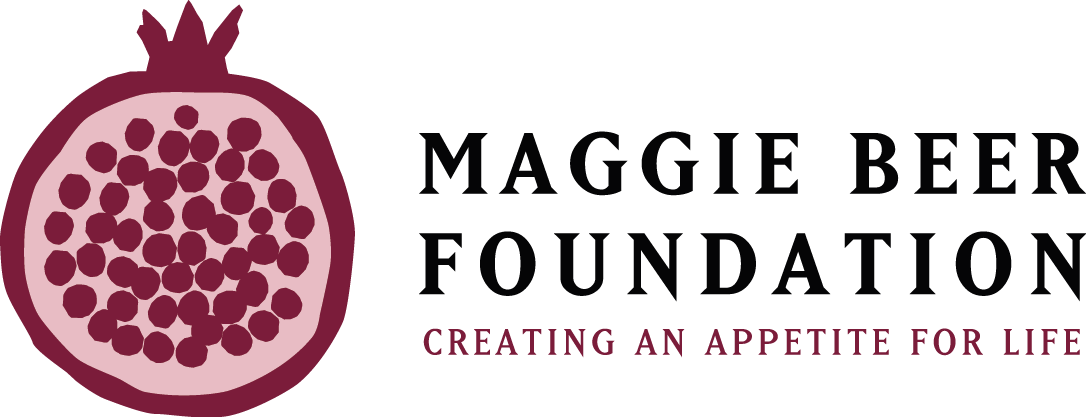Welcome to another edition of the MBF newsletter, I’m so glad you joined us! Last month we discussed the Australian Dietary Guidelines and how this applies to older adults. We talked briefly about the core food groups, how many serves per day from each food group are recommended and what a serve might look like. This month we are going to start looking into each of the food groups in more detail, starting with fruits and vegetables.
Two of the most memorable public health messages over the past decade have been “go for 2 & 5” and “eat a rainbow”. Both of these messages reminded us to aim for two serves of fruit and five serves of vegetables chosen from a variety of different colours… but why does the colour matter?
Fruit and veg can be categorised into five major colour groups: red, orange/yellow, blue/purple, green and brown/white. The colours are due to natural pigments that belong to a family called phytochemicals and each group of phytochemicals provides unique benefits to our health.
Red fruits and vegetables gain their colour from a phytochemical called lycopene, which is also a powerful antioxidant. We talked about antioxidants in August, but if you missed it, antioxidants neutralise free radicals which (if left unchecked) can cause cellular damage. Lycopene, in particular, is thought to help reduce the risk of cancer and promote heart health. Red fruits include strawberries, raspberries, red apples, plums, watermelon and rhubarb. Red vegetables include kidney beans, red chillies, red capsicum and radish. What about tomato? Botanically it is classified as a fruit due to the way the seeds are formed inside the flesh however they are savoury so I tend to think of them as a vegetable.
Orange and yellow fruits and vegetables contain a component called carotenoids, including beta-carotene. Our bodies can convert beta-carotene to Vitamin A which is great for our skin, promotes healthy eyes and keeps our immune system ticking. This group contains the citrus fruits (oranges, tangelos, mandarins, lemons), stone fruits such as apricots and peaches, rockmelon, pineapple and mangoes. Vegetables include red lentils (which are also high in protein), carrots, pumpkin, sweet potato, orange/yellow capsicum and corn.
Most of us are aware of the benefits of ‘eating our greens’, this group of fruit and vegetables contain phytochemicals including carotenoids, indoles and saponins all of which are thought to reduce our risk of cancer. Although carotenoids are responsible for giving orange/yellow fruit and veg their distinctive colour this is hidden by chlorophyll, which is dark green in colour. Look for green fruits such as granny smith apples, lady finger grapes, kiwi fruit and limes. Green vegetables include cabbage, broccoli, asparagus, kale/spinach, celery, green capsicum, peas, beans and lettuce.
Blue and purple fruits and vegetables gain their unique colour from a phytochemical called anthocyanine which is another potent antioxidant believed to reduce our risk of cancer and heart disease. Many of us will have heard that blueberries are rich in antioxidants but so are blackberries, dark grapes, black cherries and plums. Vegetables include eggplant, purple cabbage, beetroot, purple carrots and black olives.
Finally we have the white and brown fruits and vegetables which get their colour from a phytochemical called anthoxanthins, another antioxidant thought to reduce our risk of cancer and allicins, which have antibacterial properties. Bananas are a white fruit available to most throughout the year with pears and peaches available seasonally. White/brown vegetables include mushrooms, onions/leeks, potatoes, parsnips, cauliflower, garlic and chickpeas and white beans (these are also high in protein).
I haven’t really touched on the various vitamins and minerals that are present in fruit and vegetables! Some fruits are higher in vitamin C than others (e.g. citrus), or potassium (e.g. bananas and stone fruits) and some veggies are higher in folate (e.g. leafy greens). In fact, I could write paragraphs exploring the various properties and benefits and you could go quite bonkers trying to micromanage your food intake. But the fact is we rarely eat individual foods in isolation, we usually eat meals that are created from various foods and this is why we prompt you to get these nutrients from whole fruits and vegetables rather than through pills, potions or powders. If you eat two fruit and five veg chosen from across the colour spectrum it takes the hard work of out getting a balanced diet!
What are some practical and simple tips for increasing the variety on our plate? Instead of plain mashed potato, try mixing in some chopped red onion for a splash of red, or mashing in some sweet potato or even adding some creamed corn for a deliciously different variation. If you are making a pasta sauce try adding some grated carrot, zucchini or chopped spinach. You can also add red or brown lentils to a bolognaise which will increase the fibre and vitamin/mineral content. Be adventurous and try to choose two fruit and five veggies from the different colour groups mentioned above.
Last month we mentioned that fruit and vegetables are rich in vitamins and minerals but also high in fibre and low in energy. You’ll hear me repeat the following comment multiple times but only because it is so important to remember… the dietary guidelines are intended for healthy adults. For older adults who require texture modified meals, are suffering poor health or are experiencing issues such as low appetite or unintentional weight loss then fruits and vegetables may not be the highest priority. This is because they are very filling and can displace protein and energy intake which are often a higher priority during times of illness. If you have any concerns an Accredited Practicing Dietitian can give you individual advice tailored to suit your needs and preferences.


